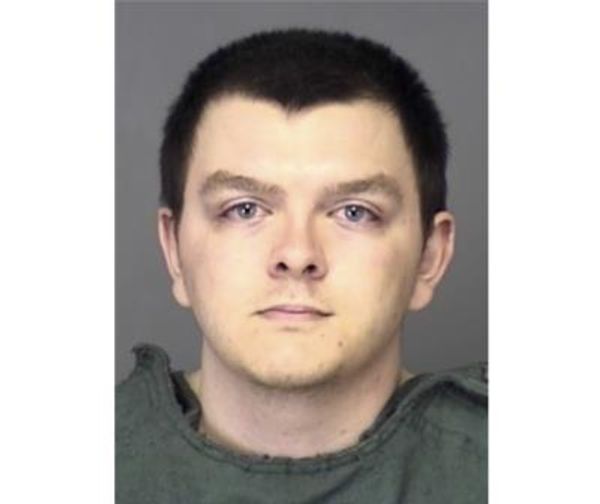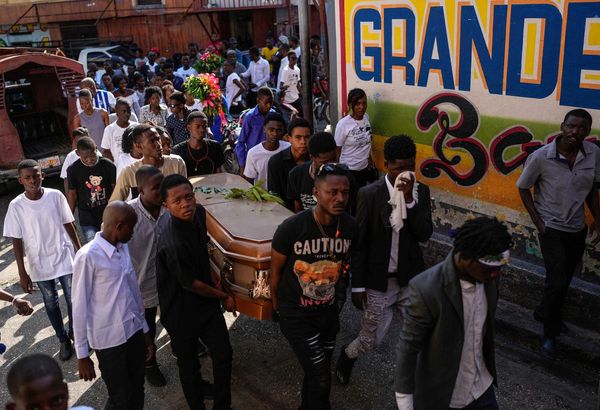
At five months of age, she was developing normally, well-nourished, a “good sleeper”.
She lived with her mother, three-year-old sister and stepfather in a “clean and neat” home, attended regular check-ups, and was a “healthy baby in all respects”.
After her nightly bath and feed she was put to bed in a cot. She typically woke two or three times a night.
When she and her sister would wake in the middle of the night, her attentive mother or stepfather would prepare them a bottle each, then bring them into bed with them, where the four of them would wake each morning and start the day together.
Except one day they didn’t.
The five-month-old girl – given the pseudonym ‘BR’ in a Tasmanian Coroners Court report – failed to wake on February 12, 2021.
Though she looked like she was sleeping peacefully when her mother woke, BR’s body was lifeless, stiffening. She had vomit in her mouth and attempts to resuscitate her failed.
In handing down recommendations, Coroner Olivia McTaggart said all the evidence pointed to co-sleeping being to blame for the otherwise healthy girl’s death.
“There is significant evidence that BR died in an unsafe sleeping environment involving the risk of suffocation by adult bedding or the bodies of others in the bed,” she said.
“I am satisfied that the sleeping environment did, at the very least, contribute to BR’s death by restricting her breathing.”
Ms McTaggart emphasised the critical and often-repeated warnings of coroners and health professionals against the practice of co-sleeping, stressing the fatal risks involved.
“In this case, it is likely that BR would not have died if she had been in her own cot,” she said.
While the recommended practice in Australia is to put babies to sleep in their own cots, somewhere between 75 and 80 per cent of babies spend some time co-sleeping in the first three to six months of life, a recent Australian survey about safe sleep practices has found.
Red Nose Australia’s CEO Keren Ludski says it is vital that parents who co-sleep are given practical advice so they can do so as safely as possible.
“These situations are beyond heartbreaking and no family should have to experience the pain this family is now experiencing,” Ludski told AAP.
“We do not recommend co-sleeping. However, we know this is a very sensitive topic that needs to be spoken about with compassion.
“There may be many reasons parents choose to co-sleep – exhaustion, cultural norms, socio-economic challenges and ease of breast feeding to name a few.”
Red Nose’s advice to parents choosing to co-sleep include always placing their baby on their back to sleep; keeping the baby’s head and face uncovered and away from adult bedding; moving the bed away from the wall so the baby can’t get trapped; and never letting the baby sleep between two adults.







